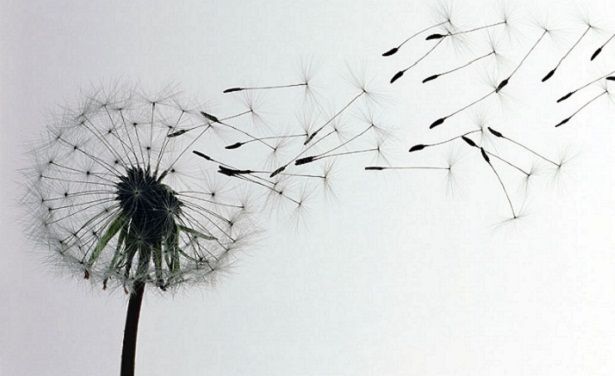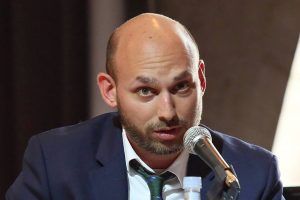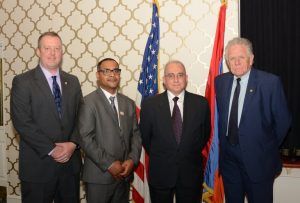Participants of exclusive conference in Bucharest say recording of Armenian culture abroad is seriously needed

The rich Armenian cultural heritage abroad needs to be preserved and recorded. This was the purpose of the “Armenian-Romanian Cultural Heritage” international conference devoted to the key issues related to preservation of Romanian-Armenian cultural heritage. The conference was held at the large hall of the National Museum of Romania in Bucharest and the hall of the museum in Dmitrie Gusti village on 30-31 October.
During a November 15 press conference, RA Deputy Minister of Culture Artur Poghosyan mentioned that the conference was exclusive in its kind and presented the Armenian cultural heritage, that is, the trace of Armenians in Romania, reports ArmenPress.
“This is a policy that Armenia adopted two years ago. Our goal is to include through international partnership agreements such conferences that help us try to give a comprehensive presentation of Armenian cultural heritage and show that it is the heritage of all Armenians around the world,” Poghosyan said.
According to him, the goal of the Ministry of Culture is to record the rich Armenian cultural heritage abroad, which is also linked to the Armenian Genocide Centennial.
“We had been preparing for this event for nearly two years because it was very important for us to organize a scientific conference like this,” the deputy minister underlined, adding that the process of studying the cultural heritage will be ongoing.
“The study on the Armenian culture in Romania is of special importance because by saying “Armenian culture”, we often think it is only centered in Armenia. Armenians have been making their contributions in other countries for centuries,” Head of the Chair of UNESCO for History of Armenian Arts at Yerevan State University Levon Chugaszyan said.
To compare, Chugaszyan mentioned that the samples showcased in Armenia’s museums are only a part of the cultural heritage presented in Armenian communities abroad. According to Chugaszyan, over the past two years, the Ministries of Culture and Sport have made it possible for Armenian experts to travel abroad and study the cultural heritage, and this is an important step.
“If only we were able to study our belongings abroad in the next decades,” the Doctor of Arts emphasized. He also informed that the Armenian-Romanian cooperation will continue and that a center for Armenian studies might even be established in Romania.
Deputy Director of the Institute of Literature at the National Academy of Sciences of the Republic of Armenia Vardan Devrikyan and senior researcher of the Institute of Oriental Studies Hasmik Stepanyan also touched upon the positive outcome of the conference and stressed once again that there is a serious need to preserve Armenian culture.
The speeches were devoted to several issues related to the history of the Armenians of Romania, as well as spiritual and cultural heritage. After the two-day sessions in Bucharest, the participants of the conference headed towards Sucaeva where the Episcopal See of the Armenians was established in 1401 and where the remarkable Armenian Hatchkatar and Zamka monasteries and three churches remain standing.
The conference was organized by the Ministries of Culture of the Republic of Armenia and the Russian Federation, the Embassy of the Republic of Armenia in Romania and the Romanian Academy with support from the Ministries of Foreign Affairs of Armenia and Romania, the Union of Armenians of Romania and the Romanian-Armenian Diocese.




 Արևելահայերեն
Արևելահայերեն Արևմտահայերեն
Արևմտահայերեն Русский
Русский






